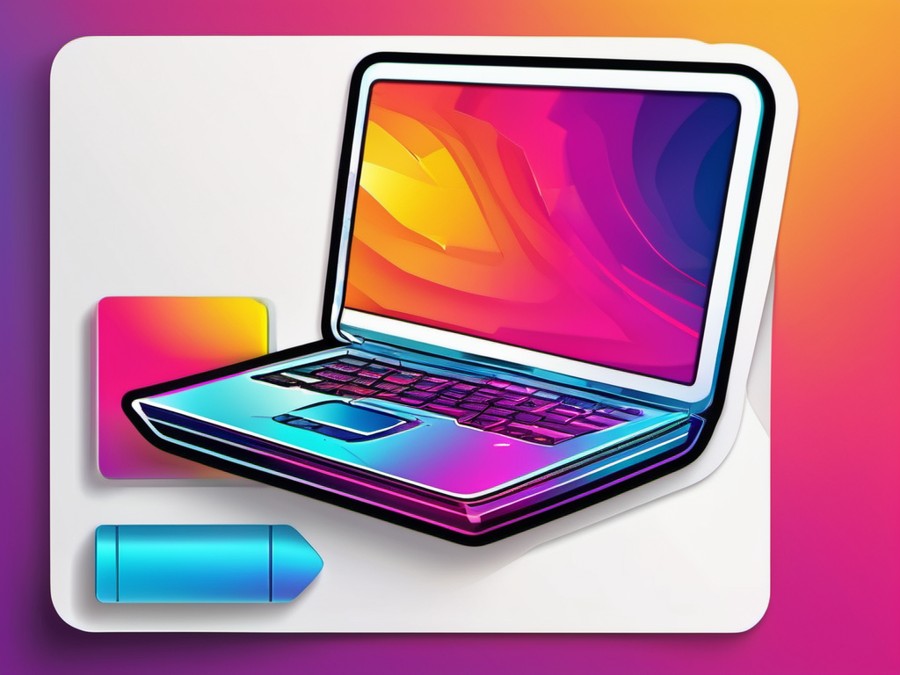· Charlotte Will · Mobile Broadband Devices · 6 min read
What is a Data Card and How Does it Provide Mobile Broadband?
Discover how data cards provide mobile broadband, their benefits, types, and real-world uses. Learn about troubleshooting common issues and the future of data cards with 5G technology.

Understanding Data Cards
What Exactly is a Data Card?
A data card, also known as a USB modem or dongle, is a small device that plugs into your computer’s USB port. It allows you to connect to the internet using a mobile network, offering wireless broadband access without relying on Wi-Fi.
Types of Data Cards
Data cards come in various forms, each tailored to different needs:
- 3G Data Cards: Offer slower speeds but are budget-friendly.
- 4G Data Cards: Provide faster connectivity and are more common.
- 5G Data Cards: The latest technology, offering the highest speeds available today.
Key Components of a Data Card
Most data cards include:
- A SIM card slot for inserting a mobile network SIM.
- USB connectors that plug into your device.
- LED indicators showing connection status and data transfer activity.
How Data Cards Work
Connecting to Mobile Networks
When you insert a SIM card into the data card and plug it into your computer, the device establishes a connection with nearby mobile towers. This connection allows you to access the internet just like you would with a mobile phone.
Setting Up Your Data Card
- Insert the SIM: Place your mobile network’s SIM card into the data card slot.
- Connect to Your Device: Plug the data card into your computer’s USB port.
- Install Drivers: Your operating system may prompt you to install drivers for the data card. Follow the on-screen instructions.
- Configure Settings: Use the provided software or your device’s network settings to configure your data card.
Configuring Data Plans
You need a data plan from your mobile network provider to use the internet with your data card. Choose a plan that fits your data usage needs, whether it’s for casual browsing or heavy downloading.
Data Cards vs. WiFi Hotspots
Benefits of Using a Data Card
- Portability: You can easily carry the small data card in your pocket or bag.
- Ease of Use: Simply plug and play without complex setup processes.
- Security: Direct connection reduces the risk of unauthorized access compared to public Wi-Fi.
Advantages of WiFi Hotspots
- Multi-Device Connectivity: Multiple devices can connect to the internet simultaneously.
- Network Sharing: ideal for sharing internet access with others in your vicinity.
Key Differences Between Data Cards and WiFi Hotspots
- Focus on Individual vs. Group Use: Data cards cater to individual use, while hotspots are better for group connectivity.
- Portability: Data cards are more portable and convenient for solo users on the go.
Ensuring Optimal Mobile Broadband Performance
Selecting the Right Data Plan
- Assess Your Needs: Understand how much data you will use.
- Compare Plans: Look at different plans offered by your provider to choose the best fit.
- Budget Considerations: Ensure you stay within your budget while getting adequate data.
Monitoring Data Usage
Keeping track of your data usage is crucial to avoid unexpected charges:
- Use Apps: Install apps that monitor and alert you about your data usage.
- Regular Checks: Periodically check your data balance through your provider’s portal.
Troubleshooting Common Issues
- No Connection: Ensure your SIM is active and the area has mobile network coverage.
- Slow Speeds: Check your data plan; sometimes, inadequate plans lead to throttled speeds.
- Device Compatibility: Make sure your data card is compatible with your device’s operating system.
Data Cards in Real-World Scenarios
Data Cards for Remote Workers
With the rise of remote work, data cards enable employees to stay connected regardless of location:
- Flexibility: Work from anywhere with an internet connection.
- Reliability: Mobile broadband often provides more reliable connectivity than public Wi-Fi.
Using Data Cards for Travel
Travelers can benefit from data cards to stay connected while on the move:
- Global Connectivity: Choose a plan that supports international roaming.
- Portable Router Alternative: Ideal for those who don’t want to carry a separate portable router.
Data Cards in Emergency Situations
In case of power outages or natural disasters, data cards can serve as a lifeline:
- Emergency Communication: Use mobile networks to stay connected and informed.
- Backup Internet: Essential for accessing critical information during emergencies.
Future Trends in Data Cards and Mobile Broadband
Evolution of Data Card Technology
- Faster Speeds: Advancements in network technology are continually increasing data transfer speeds.
- Enhanced Security: Newer cards come with better security features, protecting your data from cyber threats.
Integration with IoT Devices
- Smart Devices: Data cards are being integrated into smart devices, enabling them to connect to the internet.
- Wireless Sensors: Industrial and agricultural sectors use data cards in IoT sensors for real-time monitoring.
The Impact of 5G on Data Cards
With the rollout of 5G networks, data cards are set to benefit from:
- Lower Latency: Faster response times for online activities.
- Higher Bandwidth: Support for heavy data transfer activities like streaming and downloading.
Conclusion
Data cards provide a convenient and flexible solution for mobile broadband, offering reliable internet access on the go. Whether you’re a remote worker, traveler, or just need a backup connection, data cards are an excellent tool to have. As technology evolves, particularly with the advent of 5G, data cards are becoming even more powerful and versatile.
FAQs
What is the difference between a data card and a SIM card?
A data card contains a SIM card slot. The SIM card is used to authenticate your device with the mobile network, while the data card itself provides the hardware and software necessary to connect to the internet.
Can I use a data card with any device?
Most data cards are compatible with various devices, including laptops and desktops. However, it’s essential to check compatibility with your specific device and ensure you have the necessary drivers installed.
How do I know if my data card is working properly?
Check for LED indicators on your data card. If the lights are blinking or showing a specific color, it usually means the device is connected to the network. You can also check your internet connection status on your computer.
What should I do if my data card suddenly stops working?
- Check the Connection: Ensure the data card is properly plugged into your device.
- Restart Your Device: Sometimes a simple restart can resolve connectivity issues.
- Update Drivers: Make sure your data card drivers are up to date.
- Contact Your Provider: If the problem persists, reach out to your mobile network provider for support.
Are data cards secure?
Data cards can be a more secure option for internet connectivity compared to public Wi-Fi networks, as they provide a direct connection to the mobile network. However, it’s always important to use secure networks and avoid accessing sensitive information on unsecured connections.
Internal Links:
- What is a Data Card and How Does it Provide Mobile Broadband?
- What is a Memory Card Wallet and How Does It Protect Your Data?
- What is a Memory Card Holder and How Does It Protect Your Data?
- What is 5G Mobile Broadband and How Does it Differ from 4G?
- What is the Best Way to Backup Data Using an External Hard Drive?
- What is the best headset for mobile gamers?
- What are USB Memory Card Adapters and Why Do You Need Them?
- What is the Best Gamepad for Mobile Gaming?
- What is the Benefit of Using a Faster Memory Card?
- What is the best USB flash drive for secure data storage?




